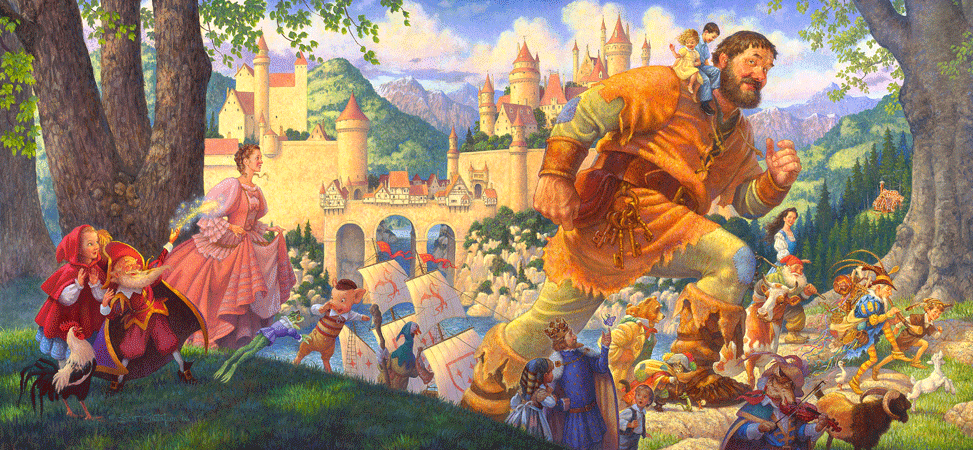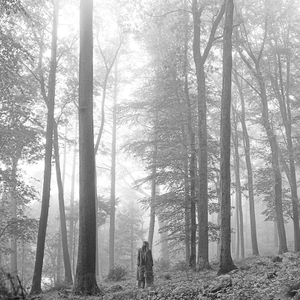Stamp: EUROPA 2010 -The Fox and Kotofey Ivanovich Russian Folk Tale (Abkhazia 2010)
EUROPA 2010 -The Fox and Kotofey Ivanovich Russian Folk Tale (Abkhazia 2010)
01 January (Abkhazia ) within release EUROPA (2010) goes into circulation Stamp EUROPA 2010 -The Fox and Kotofey Ivanovich Russian Folk Tale face value 25 Russian ruble
| Stamp EUROPA 2010 -The Fox and Kotofey Ivanovich Russian Folk Tale in catalogues | |
|---|---|
| Colnect codes: | Col: AB 2010-95/1 |
Stamp is square format.
This item has been denounced (in general) in Georgia 2012 UPU Circular 75 as illegally produced without the authorization of the postal administration. They have no postal validity. Please view Abkhazia stamps in the main stamp category to see validated stamp issues.Also in the issue EUROPA (2010):
- Mini Sheet - EUROPA 2010 -The Fox and Kotofey Ivanovich Russian Folk Tale face value 10*20;
- Stamp - EUROPA 2010 -The Fox and Kotofey Ivanovich Russian Folk Tale face value 20;
- Mini Sheet - EUROPA 2010 -The Fox and Kotofey Ivanovich Russian Folk Tale face value 10*25;
- Stamp - EUROPA 2010 -The Fox and Kotofey Ivanovich Russian Folk Tale face value 25;
- Mini Sheet - EUROPA 2010 -The Fox and Kotofey Ivanovich Russian Folk Tale face value 45;
|
Data entry completed
50%
|
|
|---|---|
| Stamp EUROPA 2010 -The Fox and Kotofey Ivanovich Russian Folk Tale in digits | |
| Country: | Abkhazia |
| Date: | 2010-01-01 |
| Emission: | Illegal |
| Format: | Stamp |
| Face Value: | 25 Russian ruble |
Stamp EUROPA 2010 -The Fox and Kotofey Ivanovich Russian Folk Tale it reflects the thematic directions:
A cartoon is a type of visual art that is typically drawn, frequently animated, in an unrealistic or semi-realistic style. The specific meaning has evolved, but the modern usage usually refers to either: an image or series of images intended for satire, caricature, or humor; or a motion picture that relies on a sequence of illustrations for its animation. Someone who creates cartoons in the first sense is called a cartoonist, and in the second sense they are usually called an animator.
The concept originated in the Middle Ages, and first described a preparatory drawing for a piece of art, such as a painting, fresco, tapestry, or stained glass window. In the 19th century, beginning in Punch magazine in 1843, cartoon came to refer – ironically at first – to humorous artworks in magazines and newspapers. Then it also was used for political cartoons and comic strips. When the medium developed, in the early 20th century, it began to refer to animated films that resembled print cartoons.
Comics are a medium used to express ideas with images, often combined with text or other visual information. It typically takes the form of a sequence of panels of images. Textual devices such as speech balloons, captions, and onomatopoeia can indicate dialogue, narration, sound effects, or other information. There is no consensus among theorists and historians on a definition of comics; some emphasize the combination of images and text, some sequentiality or other image relations, and others historical aspects such as mass reproduction or the use of recurring characters. Cartooning and other forms of illustration are the most common image-making means in comics; Photo comics is a form that uses photographic images. Common forms include comic strips, editorial and gag cartoons, and comic books. Since the late 20th century, bound volumes such as graphic novels, comic albums, and tankōbon have become increasingly common, along with webcomics as well as scientific/medical comics
A fairy tale (alternative names include fairytale, fairy story, magic tale, or wonder tale) is a short story that belongs to the folklore genre.Such stories typically feature magic, enchantments, and mythical or fanciful beings. In most cultures, there is no clear line separating myth from folk or fairy tale; all these together form the literature of preliterate societies. Fairy tales may be distinguished from other folk narratives such as legends (which generally involve belief in the veracity of the events described) and explicit moral tales, including beast fables. Prevalent elements include dragons, dwarfs, elves, fairies, giants, gnomes, goblins, griffins, merfolk, monsters, talking animals, trolls, unicorns, witches, wizards, magic, and enchantments.
Folklore is the body of expressive culture shared by a particular group of people; it encompasses the traditions common to that culture, subculture or group. These include oral traditions such as tales, proverbs and jokes. They include material culture, ranging from traditional building styles to handmade toys common to the group. Folklore also includes customary lore, the forms and rituals of celebrations such as Christmas and weddings, folk dances and initiation rites. Each one of these, either singly or in combination, is considered a folklore artifact. Just as essential as the form, folklore also encompasses the transmission of these artifacts from one region to another or from one generation to the next. For folklore is not taught in a formal school curriculum or studied in the fine arts. Instead these traditions are passed along informally from one individual to another either through verbal instruction or demonstration. The academic study of folklore is called folkloristics.




